Hosting is a Design Practice
What I Learnt Doing Two Events in 76 Hours
Pressed my fingertips hard into the steering wheel, gliding the car to the left as scrabble pieces wooooshed to the right.
My backseat is a mess !!!
Hands at 10 and 2, I caught the image in the mirror: mancala sets, chess boards, two rolls of nylon fabric. This goofy, yet satisfying collage of my last 76 hours.
Fatigue that was pulling on my shoulders got lighter at this exact point. Processing the fact that we’d done two events in three days, I felt like VIJN was really doing what it was always meant to do:
Bring people together.
My Problem with Socializing
I love people… but I also love being home before the sun goes down.
These loves don’t often sync as I walk around confused to see socializing packaged as loud music, sticky floors, and forgotten names. It only sounds like sensory overload and bad decisions to me... but I do have hater sensibilities fr.
You wouldn’t believe my disdain for having to shout my name into someone’s ear…
So I plotted on some solutions.
Event concepts that give context to the objects we design, ideas that couldn’t start with a mood board. I found references in the spirit of teraanga–an ethos of hospitality in Senegal we hoist as our call to honor.
I started hosting these jollof brunches on Sundays after we got early samples of The Nest, our first ceramic product.
After the pulse of my living room calmed from 10-12 people in alignment, I’d get these long, heartfelt texts:
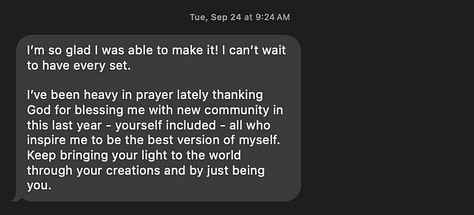
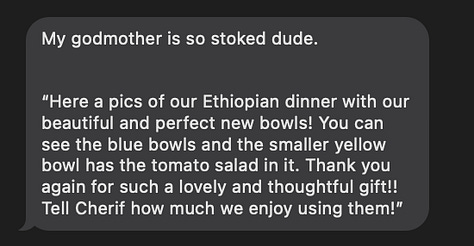
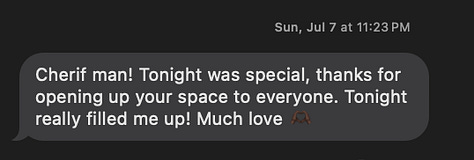
Seeing new friendships form through better behaviors set this new standard for how we can offer a communal value.
When we launched The Nest, we hosted a no-table dinner party for 25.
That one night unlocked our debut product for the about six months. Supporting Iftar dinners during Ramadan, creating an interactive dinner at Joyce DTLA, even loaning 20-30 bowls at a time to friends starting their own dinner series.
Our bowls became this entry point to better socializing, an honor we set to expand upon.
From Bowls to Jackets to Events
Launching the JACKET pushed us beyond potent flavors. It set a route to do more for our community, including the debut of this Substack.
Originating as a platform to show how writing as a design practice, TACTILE quickly grew into the umbrella for all our gatherings.
In May 2025, we launched two new formats—just three days apart:
1. TACTILE: Communal Fitting
A luxury shopping kickback where participation is the product. Activated by three zones inside Soho Warehouse’s Drawing Room:
A white glove try-on station, guiding guests through our nylon silhouettes.
A sonic landscape from VIM! Soundsystem—deep African cuts, zipper textures, layered nature.
A 12-foot design table with designer Nicole Villamil, where guests drew on jacket pattern pieces.
Enjoyment was abundant as the homies made their love for product two evident.
I still found myself irked… noticing people stayed on their feet all night… I wanted people to sit, get familiar, really loiter. The space we organized had plenty of seating, but it went unused.
Hindsight gives me the clarity that we didn’t give the furniture a job.
Lesson: If you want people to sit around and set an ambiance, give them a reason—reading materials, snacks, games. Furniture alone can’t enable connection. The loitering necessary for people to feel at home sits on the other side of context. Use what you have to its best and clearest ability.
2. TACTILE: Gameday
Because playing around never needed to wait for game night.
At Black Line Coffee, right beside LA’s vibrant Secret Walls, we laid out chess, mancala, and Connect Four. People showed up solo, paired off, and made new friends as Julian Cullars set the mood on guitar. Bro really played solo four hours !
The on-site gallery opened up their garage doors, adding an art show to the mix.
And the best part: the sun was still out.
In the midst of shaking hands and kissing babies, it slipped my mind that pleeenty of people didn’t know how to play these games. Chess and mancala sparked hella curiosity, but many didn’t know how to play and no one was there to solve that...
Lesson: Instructional design is part of event design. Curiosity without guidance is this missed opportunity to make people feel seen, then supported. We can inject that element of teaching to make participation readily accessible.
What I’ve Learned (So Far)
Two events in three days confirmed what I suspected: People are reaaally hungry for connection—and finally, it’s not only the turnt kind they’re seeking.
I did my post-mortem over a cardamom bun and a one shot cortado (I’m geekin rn). Post sip clarity set 22 points to consider sit in my notebook ahead of our next events.
Below are the three I’d like to share with you:
1. Set the Objective First
I found myself underwhelmed at the sales of the JACKET at our event…
Sure, we brought people together and gave a new experience for a garment. Reflection made it clear that I hadn’t defined an objective for the event. The question to answer first was, “Is this a sales moment or a brand moment?”
Before planning out any offering to people, its vital to know the answer to very simple questions like these and only then can planning commence.
If it’s about sales, we get to build in details like limited-edition packaging, charitable tie-ins, incentives to purchase. If it’s about brand, we get to create a physical takeaways, like a material swatch, that reinforces what we stand for.
Really all these ideas would’ve been key, if only we answered the objective first.
2. Clear That Calendar on Event Day
I was still editing pieces for this Substack, coordinating shipping with my fulfillment center, and sending custom invites on the day-of. That left me feeling rushed during set-up, seemingly no one else could tell, but I forsuuuurely could.
And that energy seeps into subtle missteps that can eat up the attention we’re working so hard to earn and serve.
I learned to arrive early, plan the pre-production earlier. Give myself enough space to lead like a host, not just execute like a producer.
3. Over-Brief Your Team
I under-briefed mine. That led to questions like “Where can I buy the JACKET?” going unanswered at the try-on station. That’s on me fr.
Over-briefing does a couple things, namely clarifying what roles are necessary and need additional bodies, while preparing everyone to know what everyone is there for.
It’s a key element to gauge how our roles, from PA to producer to host, flow so we can build together as a unit.
The element of over-briefing can seem daunting and alienating, but I believe it doesn’t kill creativity—it unlocks clarity. Defining roles and what success means for each person involved creates the connective tissue we need to find shared nuance.
At the End of the Day
The exercise of event production is humbling for someone like me.
I never grew up throwing parties or hosting at my crib, so creating the spaces I’ve wanted to exist is exhilarating… and tiring.
With velocity of output comes information on how to share the work, be present from the start, and use that to offer tactile value beyond my own needs. It’s a muscle I intend to keep sharpening.
As you’ve read this far, comment what kinds of gatherings you plan to host—or what you’ve learned from ones you’ve attended.
I’ll keep circling back with more lessons in bringing people together.
With gratitude,
CHERIF



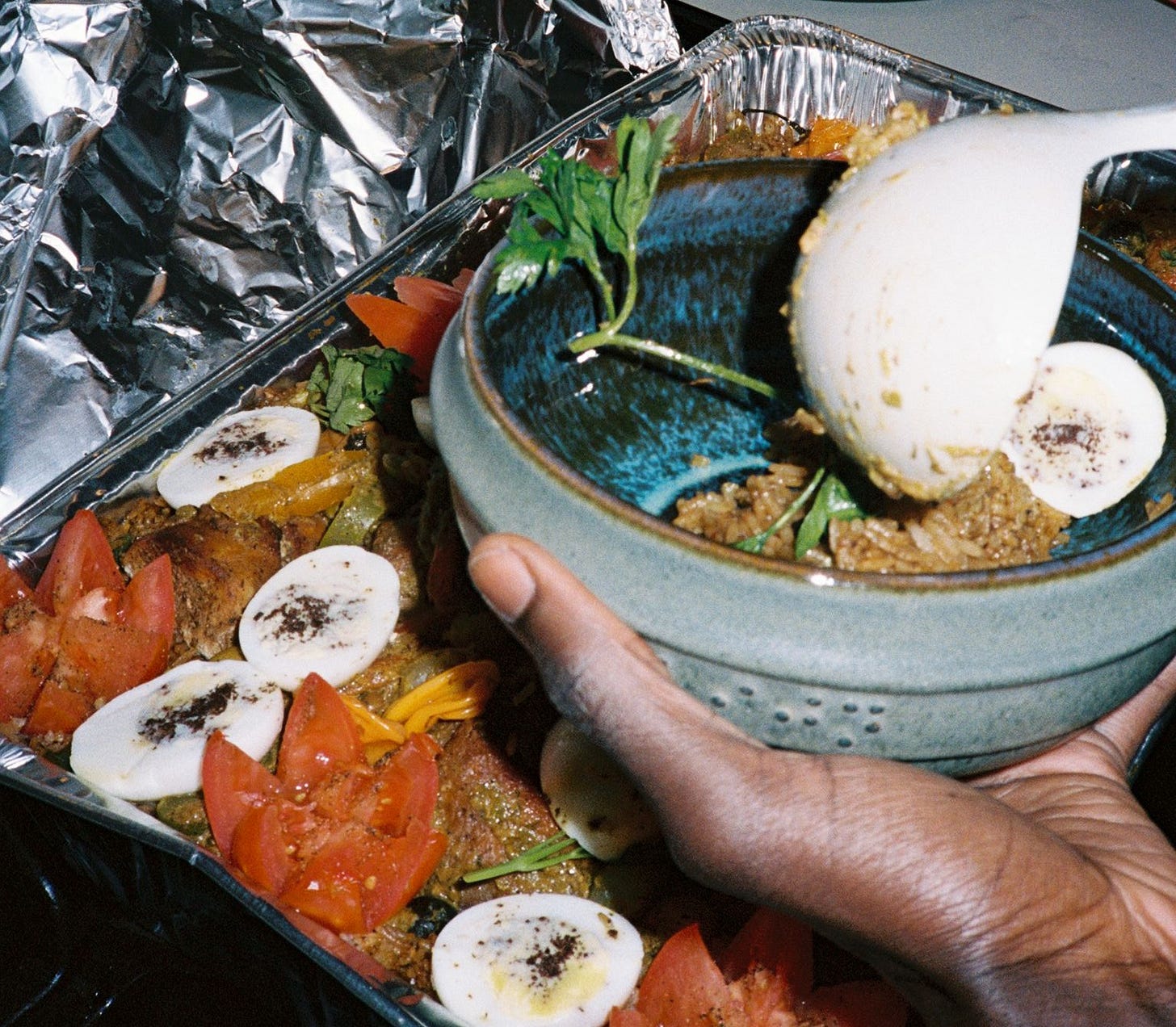
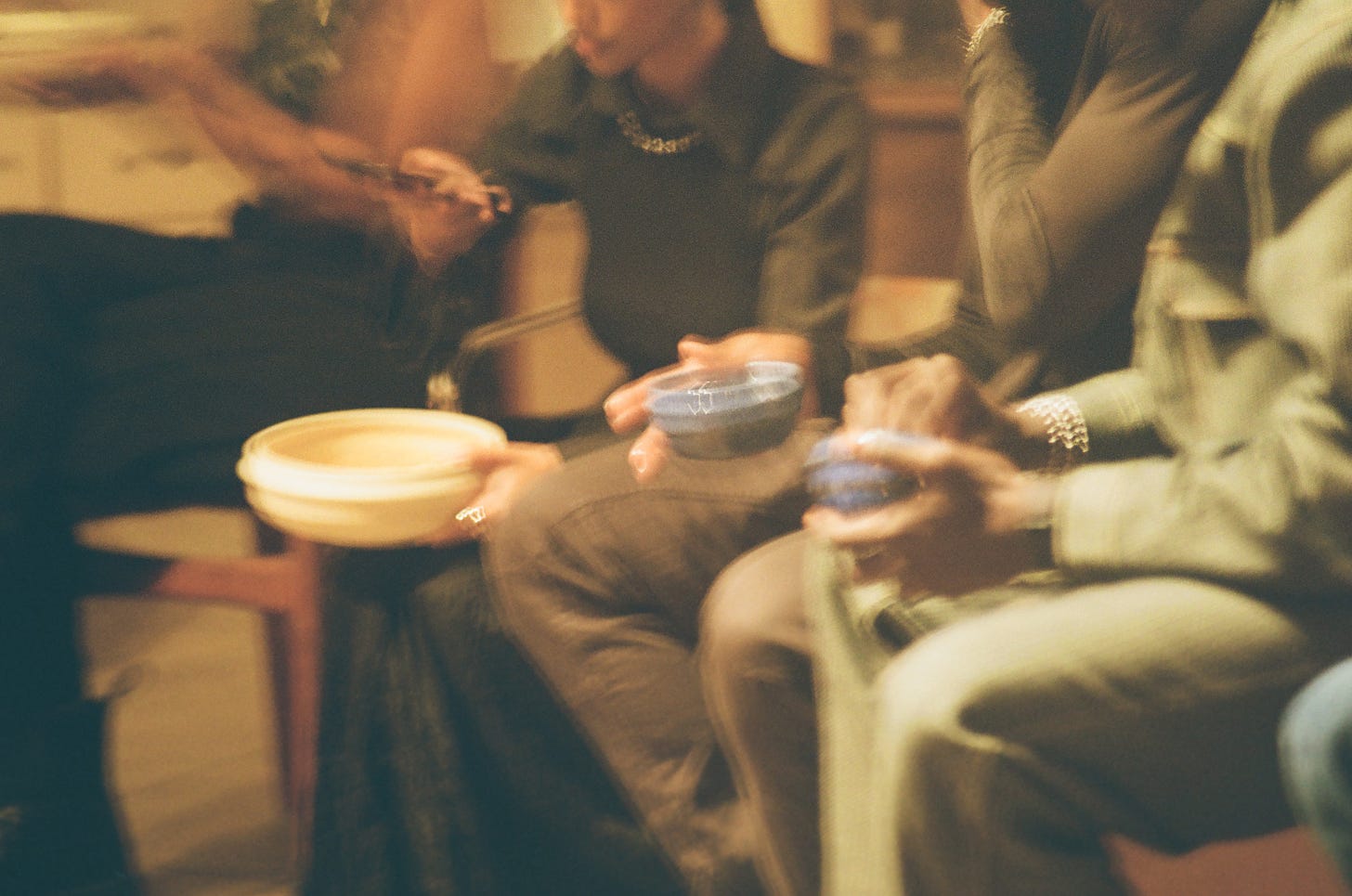
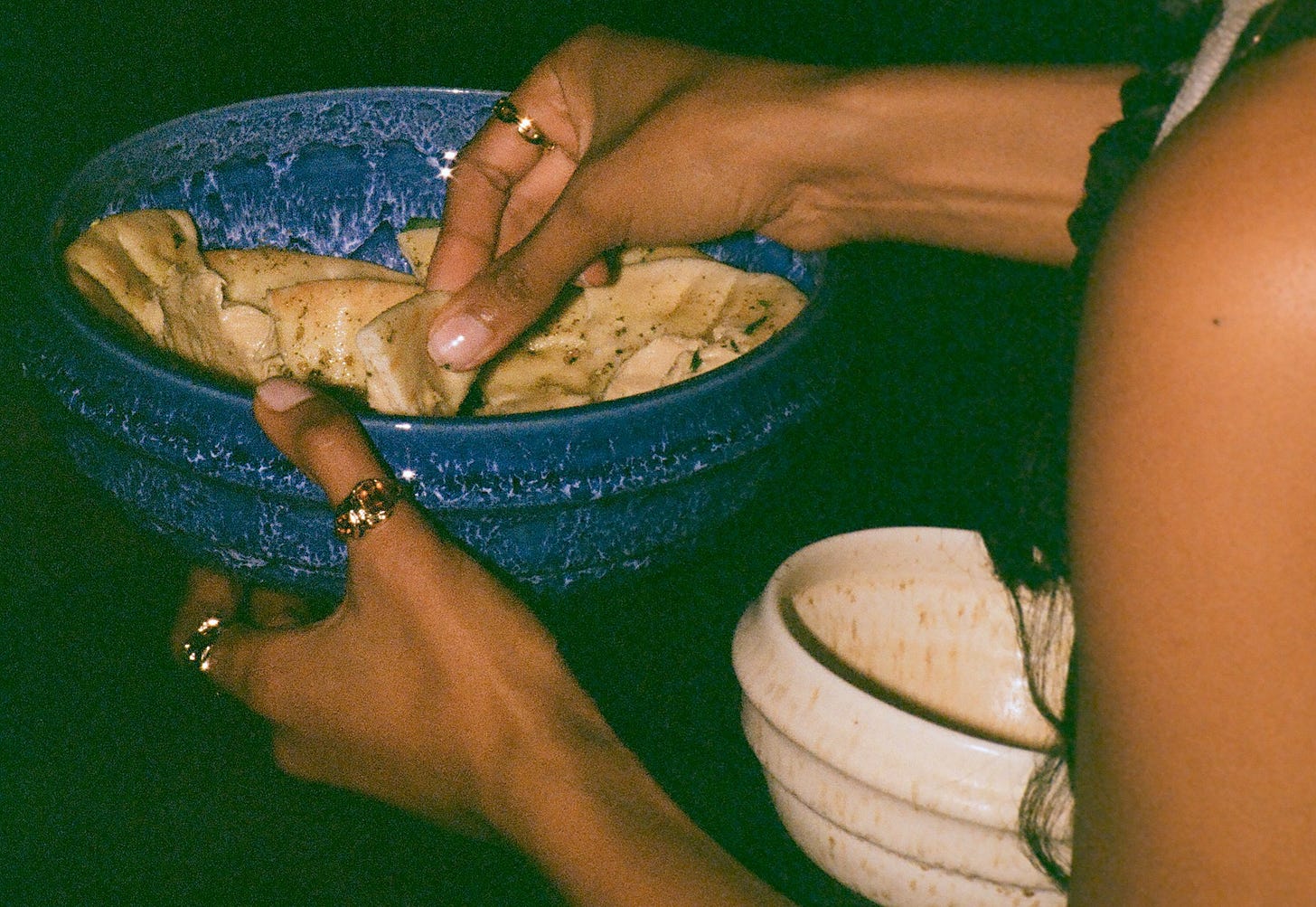
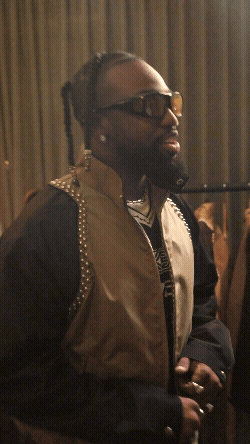

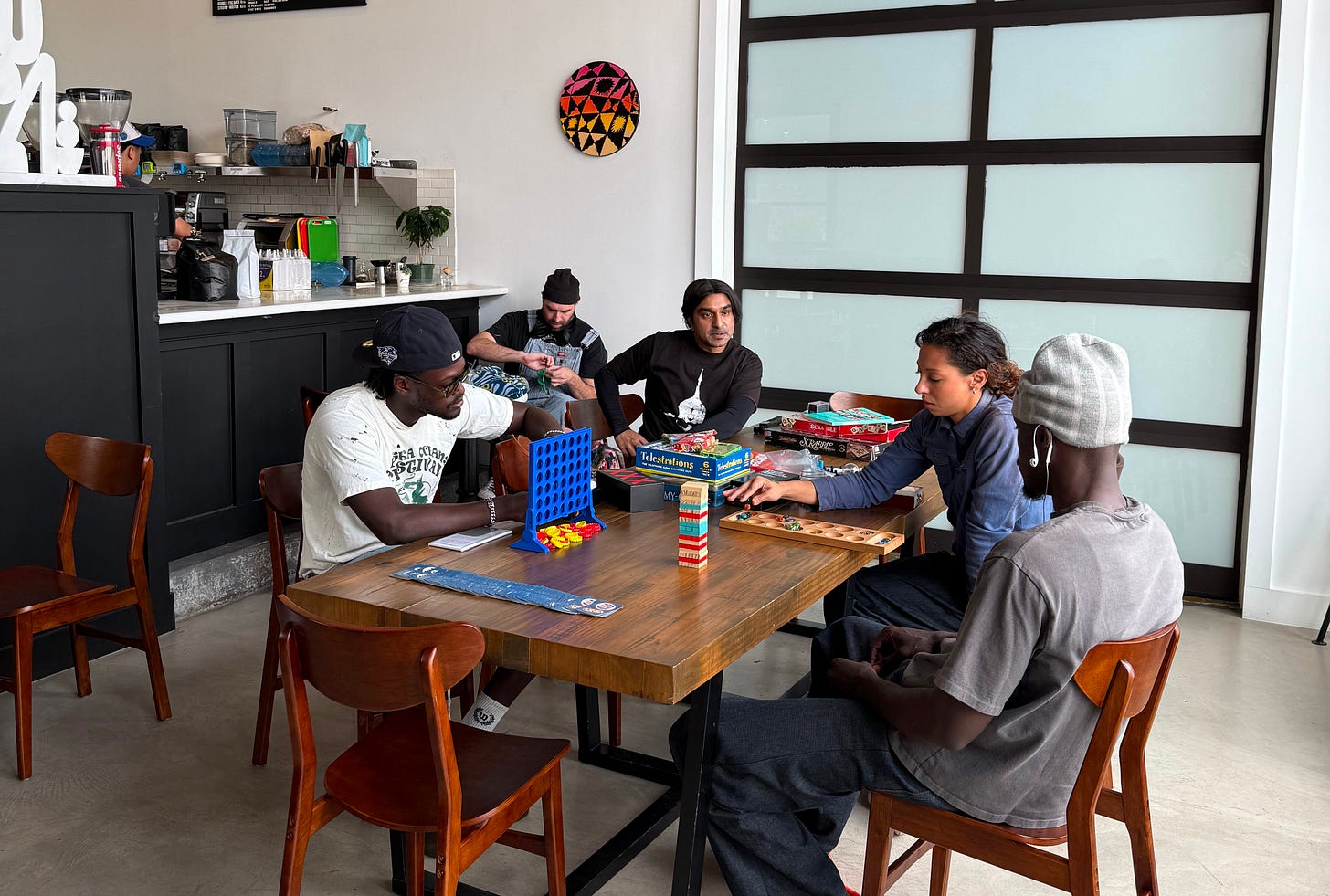
Teaching someone how to play a board game is such an underrated challenge if you’ve never done it before.